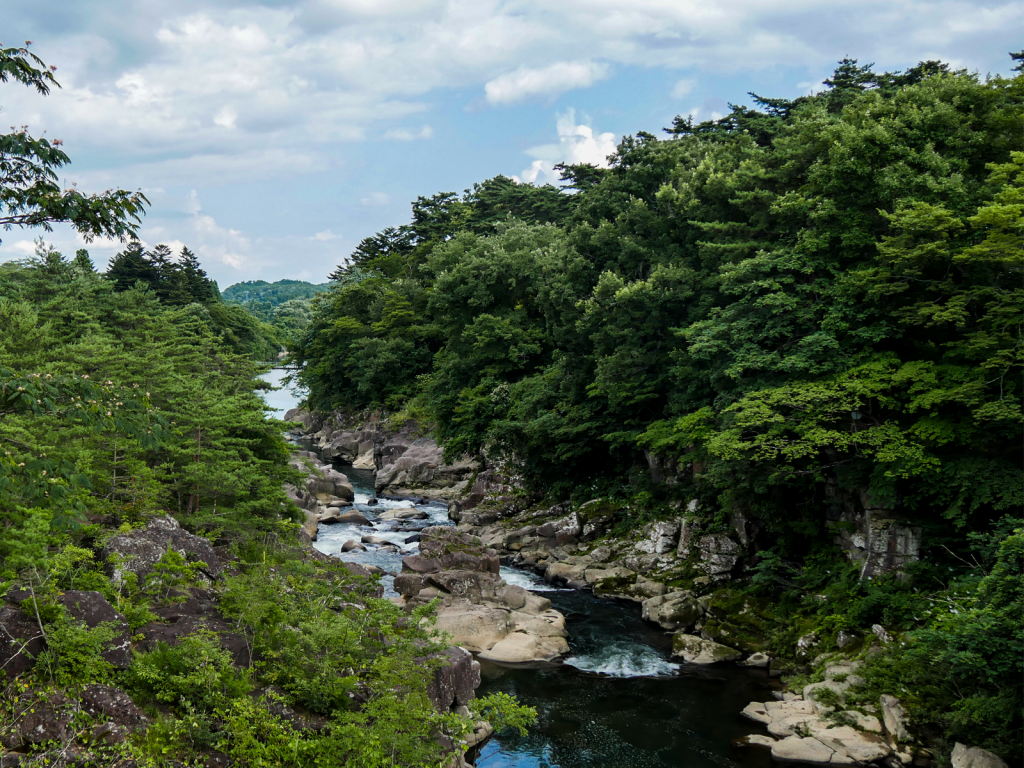When it was announced that a new stadium would be built in the quaint coastal town of Kamaishi in Iwate Prefecture to be used for the Rugby World Cup, locals from all corners of the prefecture, which has a long, storied rugby tradition, were filled with excitement and anticipation. For Japanese travelers, Iwate’s rich culture and history is no secret, but for international globetrotters arriving for the upcoming tournament, there is much to discover in the area.
Go Shopping, Buy Local Nambu Ironware
Rich in iron content, Iwate Prefecture has a long history of metalwork, and Nambu ironware, named after a long-gone feudal domain, is the top export. Nambu teapots, recognizable by their bumpy surface pattern (called arare), are coveted by tea lovers worldwide. Relatively expensive to buy overseas, the teapots can be bought in local Iwate shops for far more afforadable prices (and you’ll be contributing to the local economy). If you want something unique, opt for a square-shaped or blue-hued version. To stay true to the raw Nambu ironware look, head to the shop and café Oigen, where in addition to teapots you can purchase kitchenware such as grills and chopstick holders.
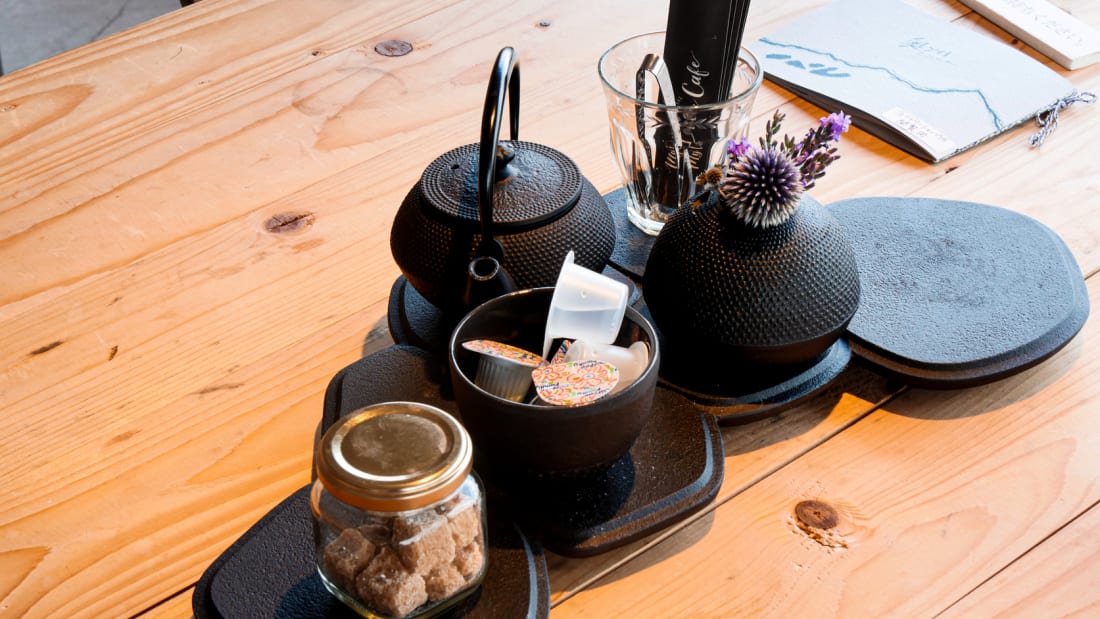
Nambu ironware at Oigen
Don’t have chopsticks? Stop by Appi Urushi and participate in a special lacquerware workshop during which you can try your hand at painting your own Japanese lacquer chopsticks. Working with basic colors, you can create modern patterns or mimic traditional designs; perhaps even attempt writing your name in kanji as part of the artwork. You won’t be able to take your chopsticks home immediately as the lacquer takes a month to properly dry, but you can expect them to arrive at your front door after they are ready and shipped.
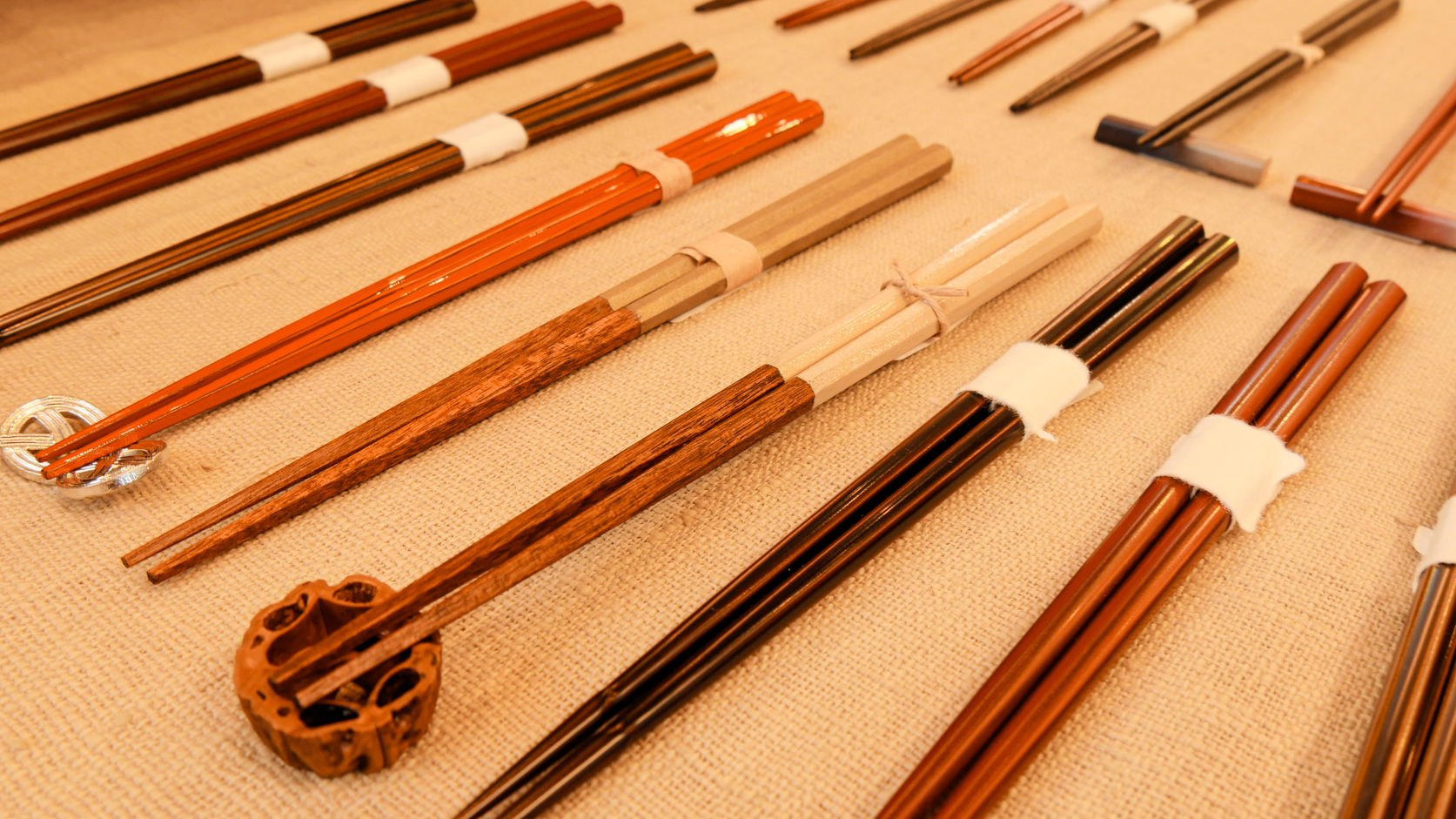
Urushi lacquer chopsticks
Be One with Nature in Morioka
While Morioka, Iwate’s capital city, is a lively place, the prefecture is mostly composed of mountains and plains with villages in between. Of course, it wouldn’t be Tohoku if there weren’t a few soul-soothing hot springs, so be sure to dip into a few of these along the way.
If you’re planning a trip in the fall, expect vibrant foliage to take over the deep forest green of the summer. Take a drive to Geibikei Gorge, where locals will guide you down the sacred river on a languid 90-minute cruise. Halfway through the ride, you’ll get the chance to increase your luck by purchasing five pebbles for ¥100 and tossing them into the eye of a wild boar (don’t worry, it’s only a natural rock formation).
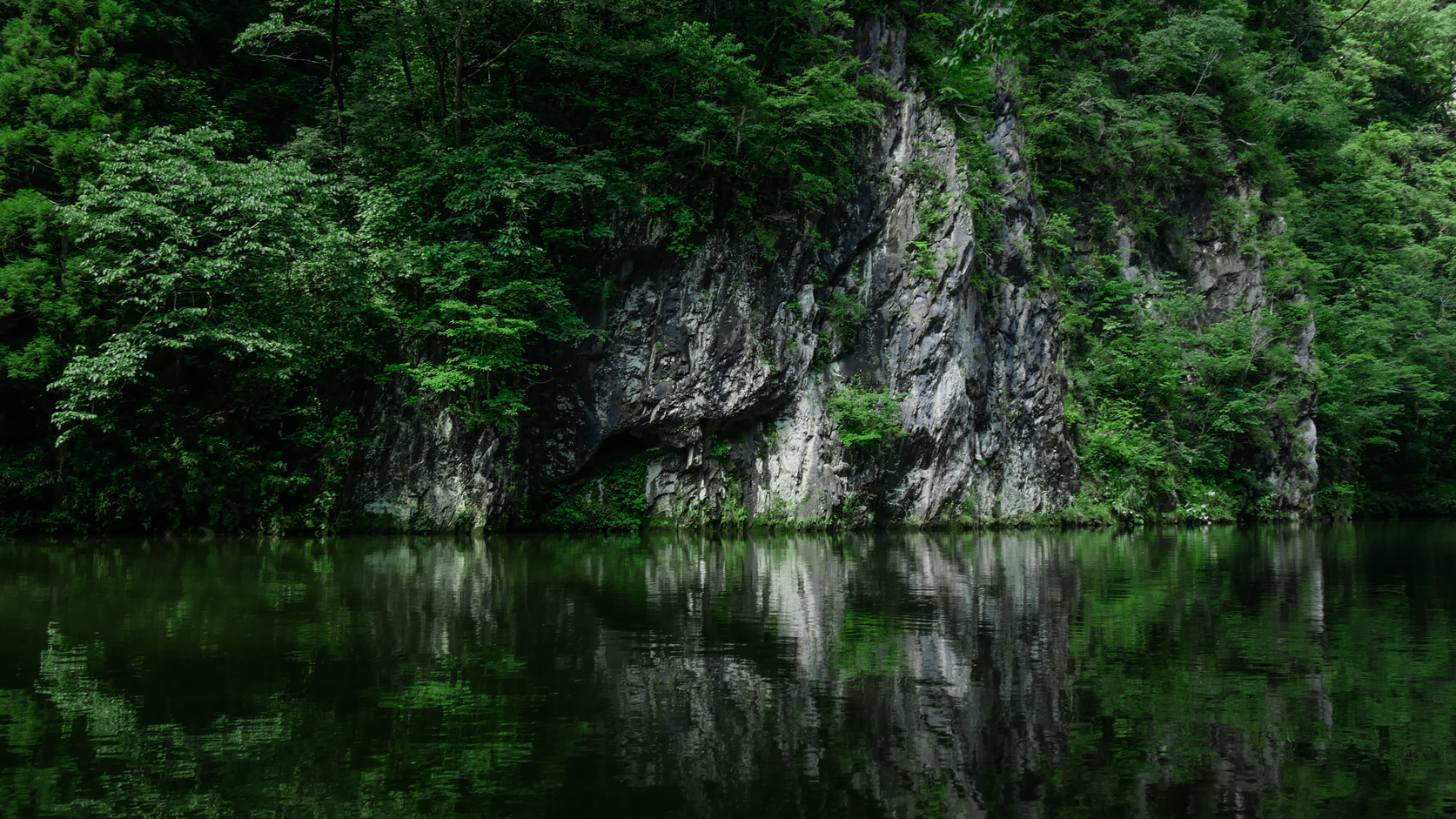
Geibikei Gorge
For those looking for an atmospheric stroll, you might prefer the similar sounding
Genbikei Gorge. Located near to the very nostalgic theme park Sahara Glass Park, this nature spot is hidden in the middle of a small town, Ichinoseki, and is perfect for those who prefer not to tackle a full hike. If you’re down for a morning or afternoon snack, don’t miss the gorge’s main attraction: flying dango (sweet dumplings). Simply place your cash in the designated basket and watch the shop clerk pull it across the gorge. Once full of traditional treats, they will send it back, flying across the line.
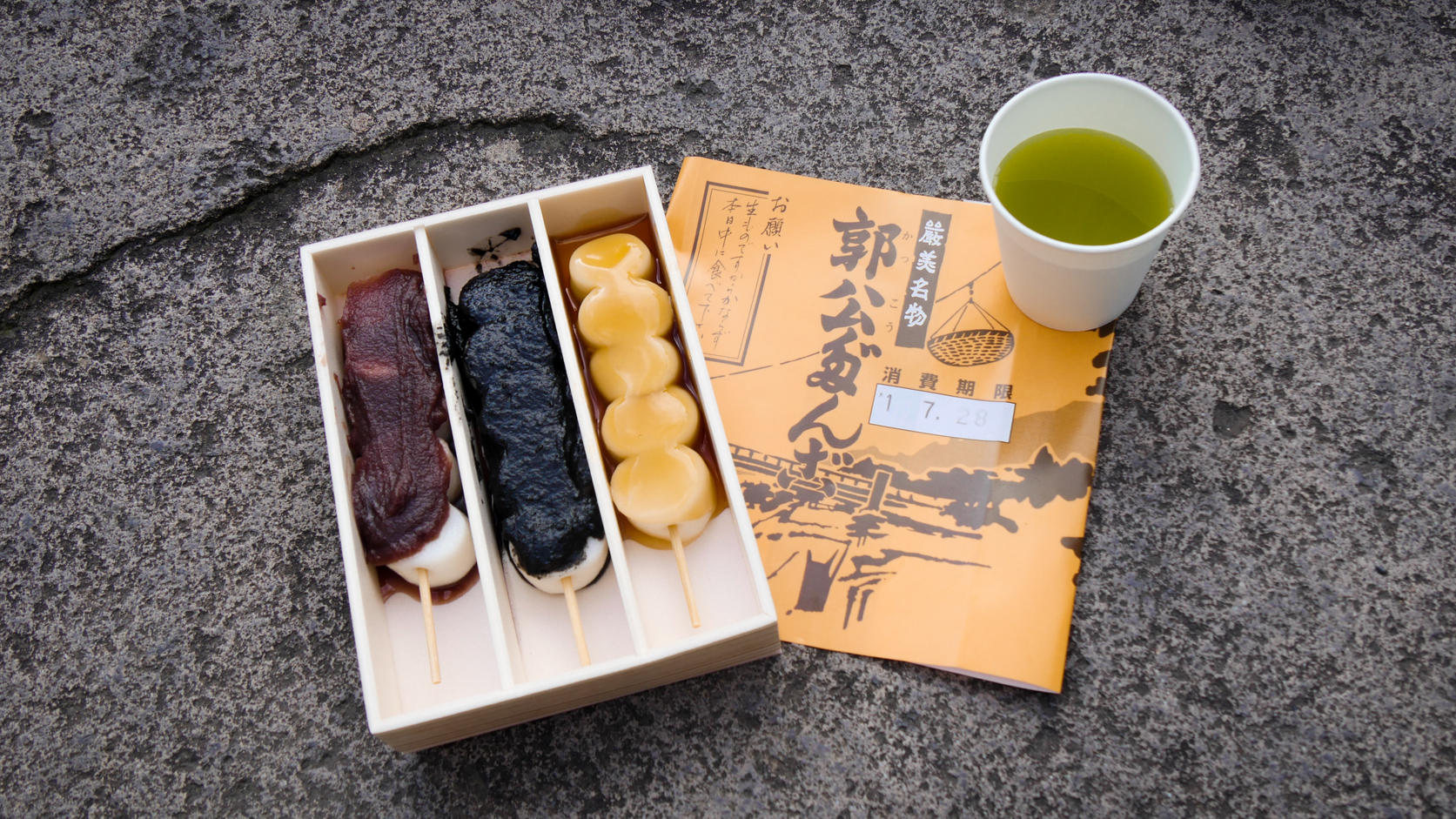
Flying dango
Enjoy Regional Iwate Delicacies and Culture
Ask any Iwate citizen and they’ll tell you that the highlight of the prefecture’s many festivals is Sansa Odori, held from August 1 through 4. Visiting during the Rugby World Cup means you’ll have missed it by just a few weeks, but there’s one restaurant that keeps the atmosphere and sound of the festival alive all year long. Nanbuhan Nagaya Sakaba is located at the heart of Morioka with affordable izakaya staples and seasonal menus that offer you the best of local gastronomy. It’s a must-visit if you want an authentic Iwate experience.
Noodles are well-loved in the prefecture, and the famed specialty wanko soba is said to have originated in Hanamaki, a city that lies between Morioka and Kamaishi. The goal is to eat as many dishes of the soba as possible. The waitresses will stand by and serve you 10 grams of soba at a time. A standard portion is 100 grams, so the average customer consumes about 10 bowls, but some people manage to eat up to 100 servings. For something more refreshing, go for remen (no, not ramen). This cool noodle dish served with chilled broth infused with cucumber and watermelon is perfect to counter the heat of typhoon season.
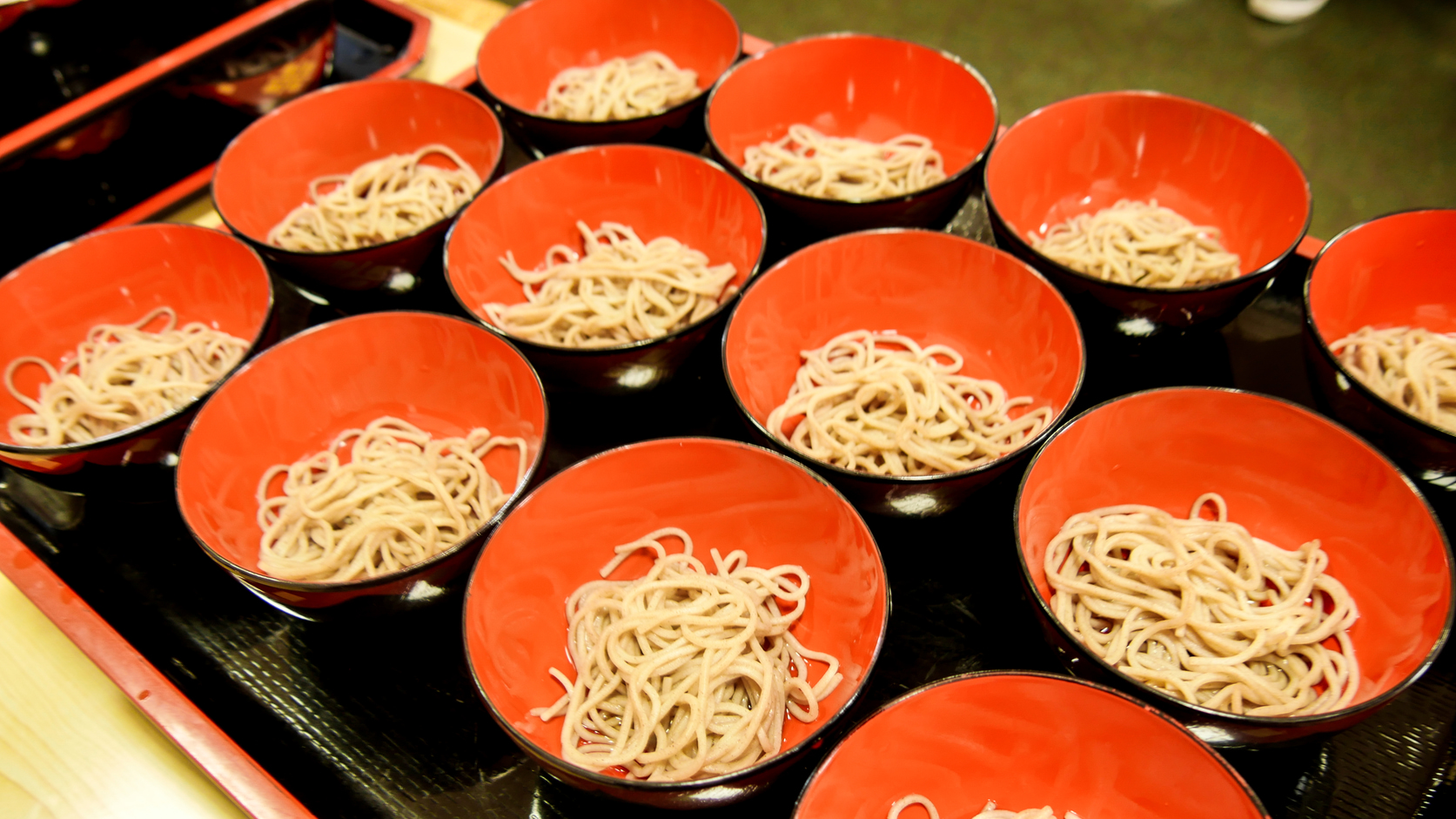
Wanko soba
If you’re staying in Morioka, the bakery Fukuda Pan is the place to stock up for the day or for a fresh, quick breakfast. It gets busy, so it’s best to arrive as early as 7:30am. Customers can choose from a variety of sandwich fillings to make interesting combinations, either with a savory or sweet twist, or pick from popular combos. Go for North American favorites like peanut butter and jam, or stick with Japanese traditional red-bean paste – the possibilities are endless.
Kamaishi Recovery Memorial Stadium
Though the smallest stadium to receive the Rugby World Cup at 16,000 seats, the Kamaishi Recovery Memorial Stadium is the mightiest.
Rugby culture in Japan has roots in Iwate and has been a significant part of the locals’ lives since their first rugby team was founded in 1959. In 2001, the team switched from being company managed to community managed and was rebranded as the Kamaishi Seawaves. Iwate dwellers are die-hard fans of the sport and enthusiastically contribute to the carnival atmosphere that comes with every match.
Receiving the World Cup is also a significant milestone in the area’s recovery. The 2011 Great East Japan Earthquake affected a great deal of the Tohoku region, and Kamaishi was unfortunately on the path of the tsunami that followed. Members of the rugby community, both Japanese and foreign visitors or residents, heavily participated in various support activities to help those directly affected by the natural disaster.
Kamaishi Recovery Memorial Stadium was built on the site of two schools that were destroyed by the waves. The city took upon itself to repurpose the area in a way so as to remember those who perished but also to show the strength of the survivors in moving on from the tragedy. It serves as a rugby field as well as a space to promote health and fitness, an outdoor music venue, and a site where the city can share its knowledge of disaster prevention. But most importantly, it serves to bring people together.
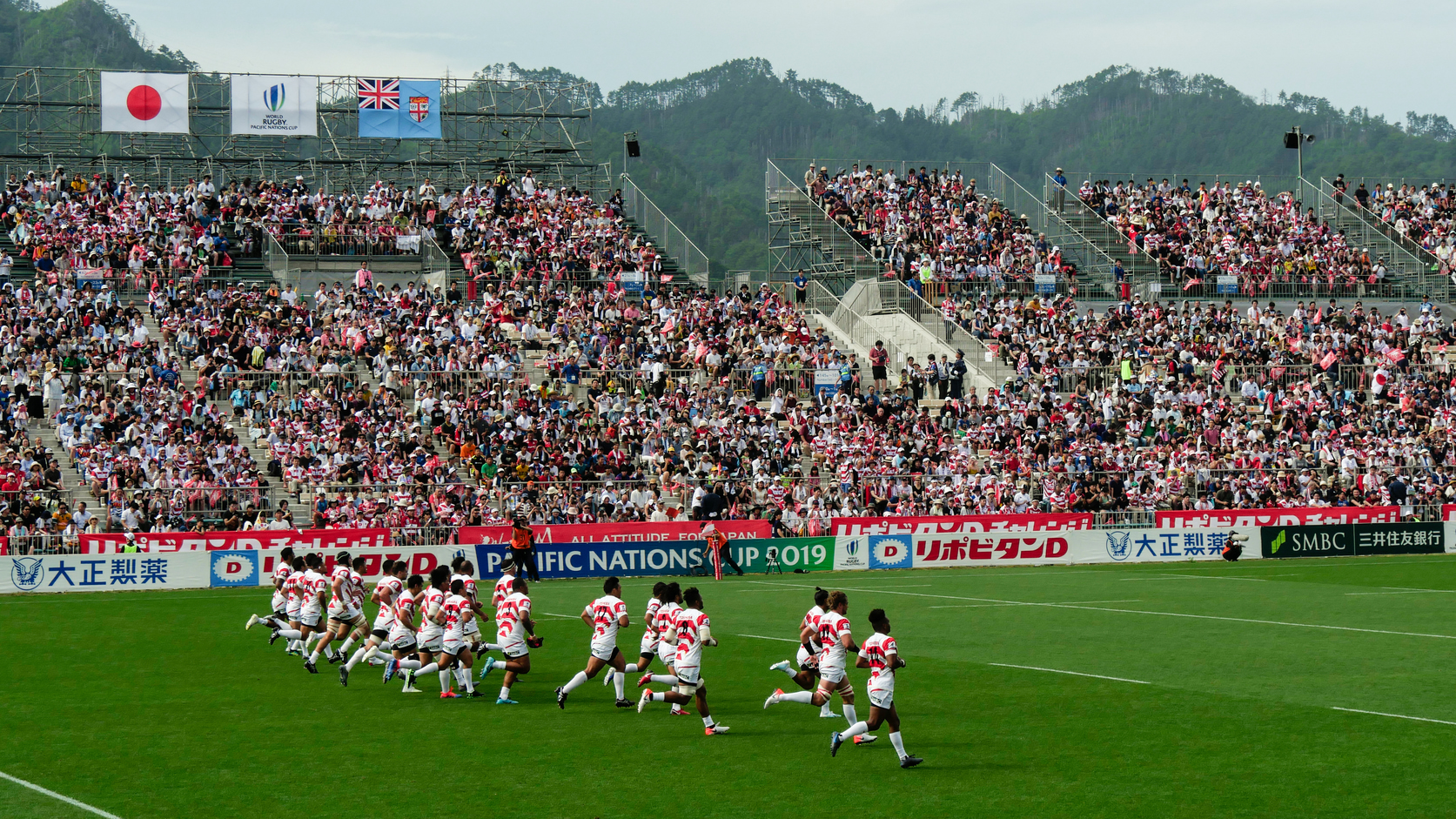
Sponsored Post

